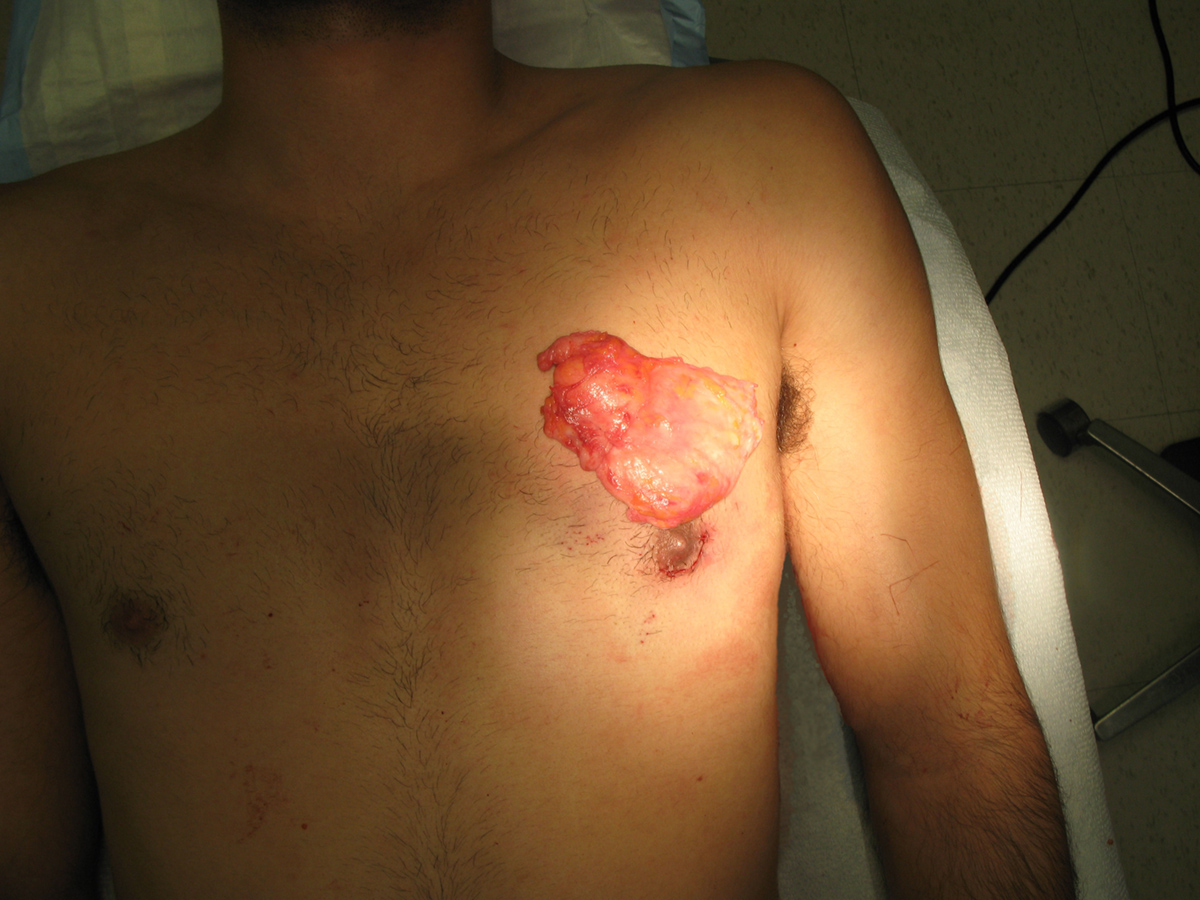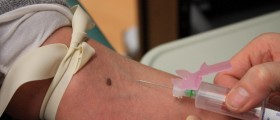
Similarly to females, males can also develop breast cancer. Even though these occurrences are much rarer, they can happen nevertheless. Being a male suffering from breast cancer can be quite a confusing state of body and mind. Therefore, it is best to get informed about the subject, learning more about this phenomenon.
Basically, breast cancer is a malignant tumor, which is located in the breast tissue. Depending on many factors, this tumor may spread to other tissues or body parts. Taking into consideration that males have breast tissue too, they can develop this form of cancer as well.
What is Male Breast Cancer?
Before they reach the part of life called puberty, both boys and girls possess small amounts of breast tissue. However, after the 13th or 14th year of life, girls develop the ducts inside the breast, along with all other parts of the breasts, due to their hormonal activities. On the other hand, testosterone prevents this development to take place in young men.
Bearing this change in mind, women are much more prone to developing breast cancer than men are. Nevertheless, latter they can suffer from cancer in certain situations, since more than a single type of cancer is known to affect men.
Male breast cancer can be usually detected once the breast tissue is physically examined, searching for lumps. Sometimes, the male breasts may show symptoms of male breast cancer through producing discharge, swelling, receding nipples and other signs.
Diagnosis and Staging
Once a male person visits his doctor due to a lump in the breasts or any other sign of breast cancer, ultrasound or mammography can be used for the diagnosis. Also, a needle biopsy is a diagnostic alternative, where a needle is inserted into the breast tissue, extracting a small part of the lump in order for the tests to be done. The entire lump may be extracted for analysis in some cases, where local anesthesia is given before and an incision is made.
One needs to bear in mind that not every single lump is cancerous. Rather, the abnormal growths in the male and female breast tissue may appear to be benign. Fortunately, the biopsy grants us this kind of information, helping us plan the next step towards treatment.
Once diagnosed and removed, the male breast cancer may recur or even evolve into its metastatic form. Therefore, timely diagnosis and treatment of male breast cancer is highly recommended.
There are several stages of male breast cancer. Firstly, the initial stage of this condition involves a tumor which does not exceed 2cm, without having the lymph nodes involved.
Secondly, the stage II male breast cancer can further be divided into two subtypes. The first alternative involves a presence of a tumor which is smaller than 2 cm and has not spread onto distant sites even though it affects axillary lymph nodes or a smaller part of internal mammary lymph nodes. Additionally, this subclass may spread onto 1 to 3 axillary lymph nodes, internal mammary lymph nodes or sentinel lymph nodes, but not on distant sites.
The second alternative of stage II male breast cancer involves a tumor which is larger than 2cm but not exceeding 5cm, spreading onto the lymph nodes or distant sites, including 1 to 3 axillary lymph nodes or internal mammary lymph nodes. This type of tumor does not reach the chest wall or skin.
The third stage of this cancer can be further divided into three subtypes. The first one is a breast cancer with axillary lymph nodes clumped together or connected to some other parts of the body. The second one reaches the chest wall or the skin in the area, possibly including lymph nodes of the axilla or the breastbone. Finally, the third subtype of stage III breast tumor has the same characteristics as the previously mentioned type, with the exception of spreading below or above the collar bone too.
Finally, the fourth stage of the breast cancer is a metastatic one, affecting the brain, lungs, liver, bones or some other body parts, due to the spreading.
Types of Male Breast Cancer and Statistical Data
Ductal carcinoma in situ is a type of male breast cancer manifesting through cancer cells being present in the ducts, but not exceeding above the area in order to spread into other tissues. Statistically, one in every 10 males diagnosed with breast cancer has this type. Fortunately, surgical interventions can help in most cases.
Invasive ductal carcinoma is a variant of male breast cancer which leaves the ducts and enters the fatty tissue of the breasts, growing and possibly metastasizing further. This type is likely to appear close to the nipple, being present in 8 out of 10 cases of male breast cancer.
Invasive lobular carcinoma is a rare case of male breast cancer, appearing in 2% of diagnosed males, engaging in the breast lobules, advancing into the fatty breast tissue.
Lobular carcinoma in situ is an alternative which starts in the lobules, without advancing into the breast tissue or the tissues outside the breasts. This type is very rare in men too.
In the year 2011, 2,140 new cases of breast cancer will be found in men and 450 of them are expected to die because of this, even though breast cancer is statistically 100 times less present in males, according to various medical research.
Thus, react timely if you notice the symptoms of breast cancer and seek medical assistance before too late. Early diagnosis increases chances of a successful treatment. So, make sure you take action on time.















_f_280x120.jpg)

Your thoughts on this
Loading...